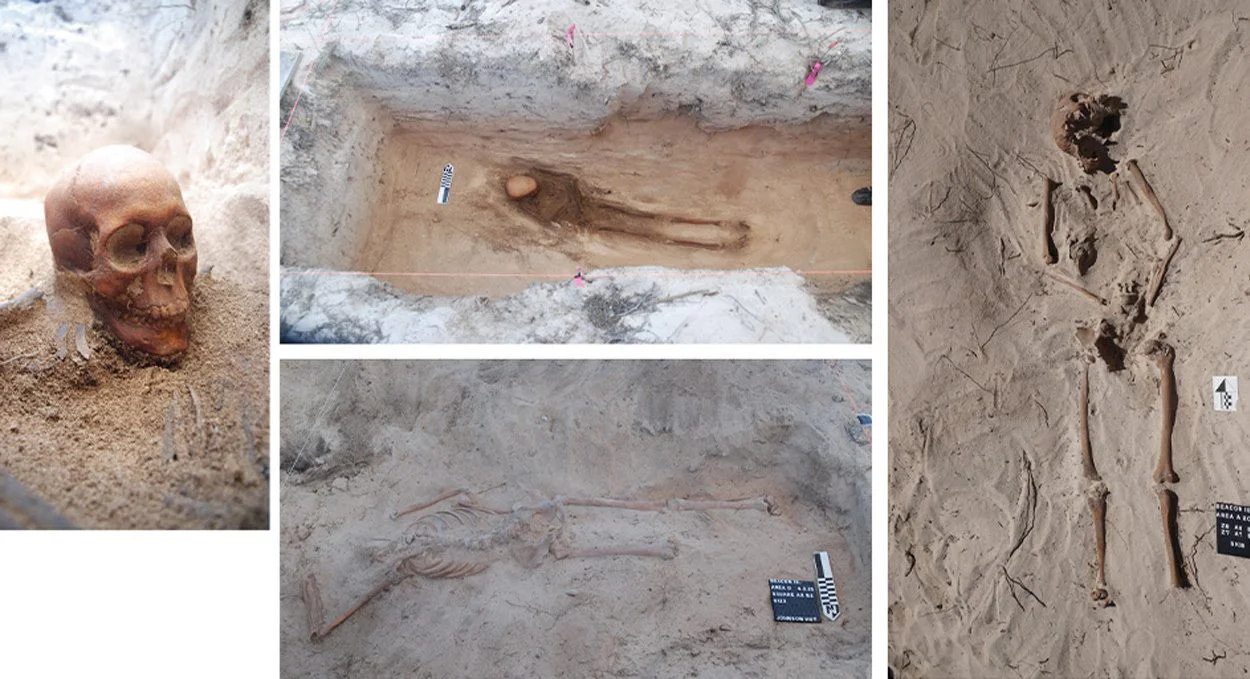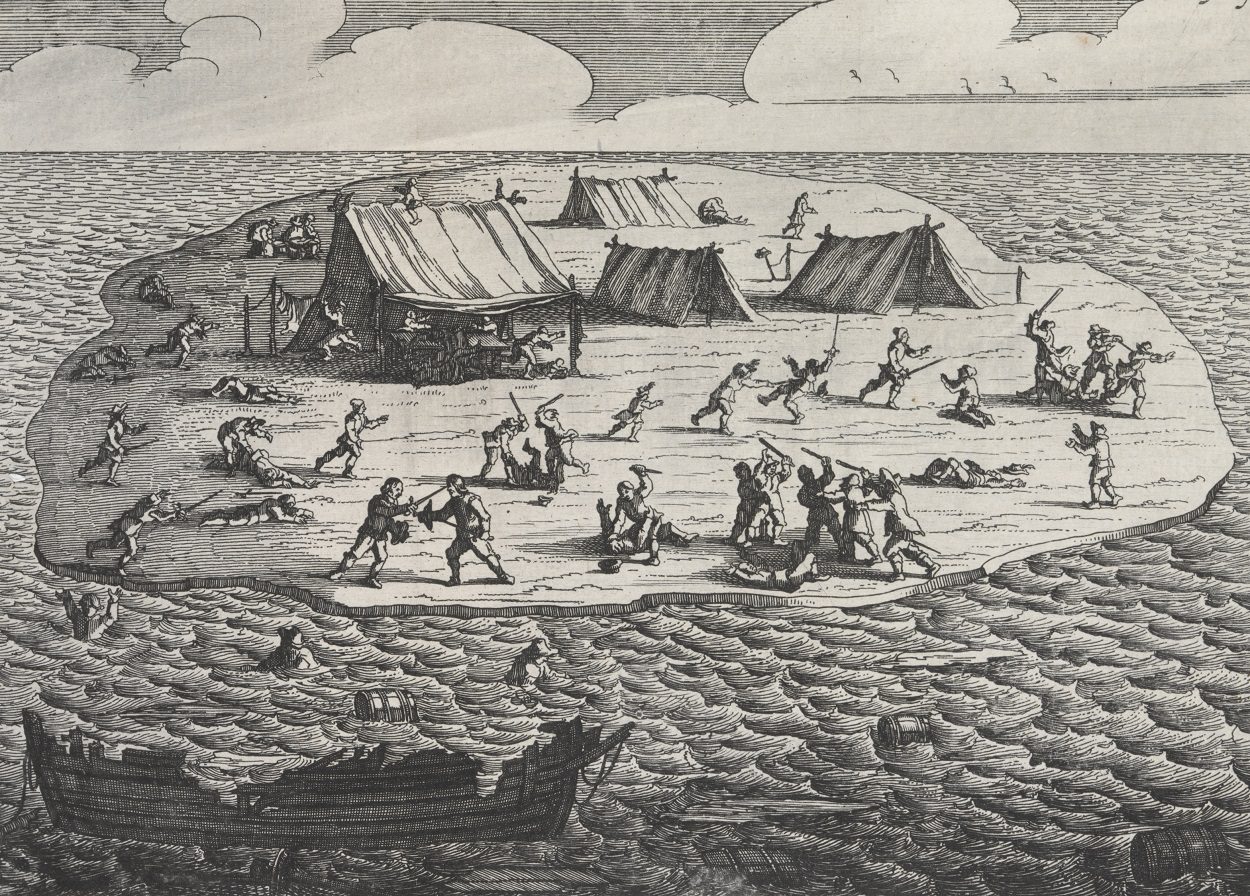The story of the Batavia shipwreck is one of the most haunting tales of survival against a group of mutineers committing horrendous acts and atrocities.
The Batavia was the flagship of the Dutch East India Company (VOC), built in Amsterdam in 1628 and launched on her maiden voyage that same year to obtain spices from Batavia (the ship’s namesake) in the Dutch East Indies.
The ship was commanded by Francisco Pelsaert, with Ariaen Jacobsz serving as the skipper. According to an account written by Pelsaert, Jacobsz, along with Jeronimus Cornelisz and several men, plotted a mutiny to take the ship and steal the supply of gold and silver onboard.
Jacobsz is alleged to have deliberately steered the ship off course and had his men sexually assault a prominent passenger, Lucretia Jans, who was travelling to join her husband in Batavia.
Jacobsz had hoped that this would provoke Pelsaert into severely disciplining the crew causing an uprising, however, Lucretia was unable to identify her attackers and the incident was dropped.
On the 4th of June, 1629, the ship foundered upon the reefs of the Houtman Abrolhos Islands off the western coast of Australia. Of the 322 aboard, most of the passengers and crew managed to get ashore to present-day Beacon Island, although 40 people drowned.
Pelsaert and Jacobsz left the marooned ship in the hope of reaching Batavia to form a rescue party. In their absence, Cornelisz was elected to lead and commandeered all weapons and food supplies.
He started to terrorise the remaining survivors, forming a gang of mutineers that murdered and raped, with Cornelisz using Lucretia as his own personal sex slave. In total, the mutineers murdered at least 110 men, women, and children.
Upon Pelsaert and Jacobsz reaching Batavia, Jacobsz was arrested for negligence, while Pelsaert was giving command of another ship to rescue the survivors. After arriving back at Beacon Island, he discovered that a bloody massacre had taken place.
Pelsaert conducted a trial and sentenced the worst offenders to be taken to Seal Island and executed, while Cornelisz and several of his henchmen had both their hands chopped off and were hanged.

An archaeological project led by archaeologists from the University of Western Australia and the Western Australian Museum has unravelled new horrors in the story of the Batavia shipwreck, revealing 12 of the victims buried in a mass grave, single and multiple burials, as well as evidence of the struggle between the survivors and mutineers.
The study, published in the journal Historical Archaeology, has used underwater findings in combination with archaeological evidence on land to understand the behavioural responses of survivors, including their initial movement from the wreck to nearby islands, the struggles they faced, and the shifting power dynamics among mutineers and survivors.
Lead author Professor Alistair Paterson, from UWA’s School of Social Sciences and the Oceans Institute, said: “The excavation of human remains reveals insights into the treatment and burial practices of victims. Notably, centrally located graves on Beacon Island suggest a functioning graveyard, potentially representing victims from the early days following the wreck.”
“Other islands within the vicinity, such as Long (Seals) Island and West Wallabi Island, provide evidence of makeshift weapons, the presence of resistance factions, and structures associated with the survivors. The landscape on Long Island contains a concentration of iron fastenings believed to be the gallows site where mutineers were executed, reflecting the company’s attempt to establish order,” added Professor Paterson.
Future research in a new ARC Project ‘Mobilising Dutch East India Company collections for new global stories’ involves further forensic analysis of the human remains, including physical assessment, stable-isotope technology and DNA studies and new historical research.
The University of Western Australia
Header Image Credit : State Library of New South Wales – Public Domain





